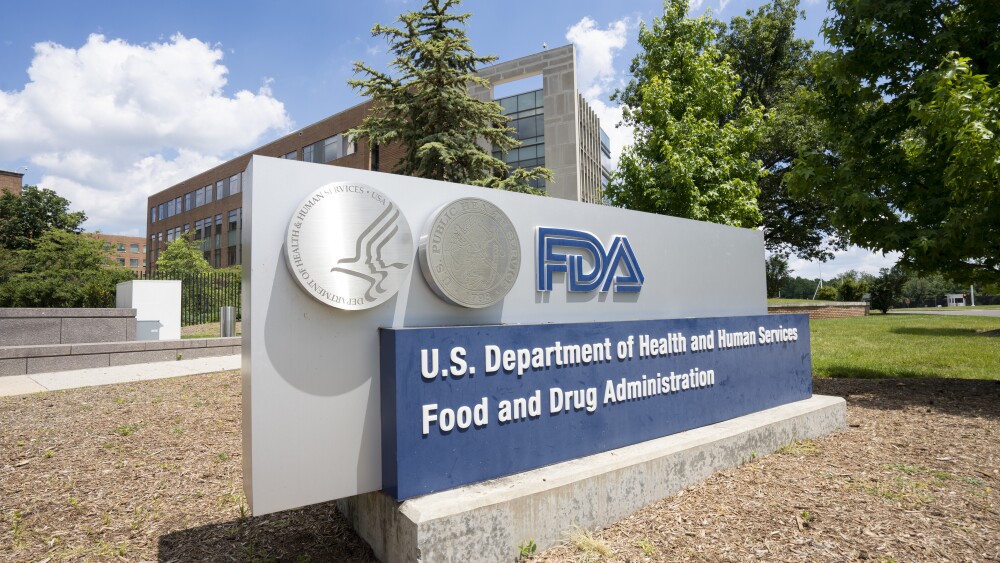At the heart of the agreement is Pfizer’s $70 billion commitment to U.S.-based manufacturing and an exemption from tariffs for three years. While the reaction was mostly positive from Wall Street, other observers noted that the benefits for patients are unclear at best.
On Tuesday, Pfizer CEO Albert Bourla stepped into the Oval Office and announced that his company had reached an agreement with the U.S. government to offer most of its drugs at a discount, direct to consumers through a portal tentatively called TrumpRx. Pfizer is the first company to come to the table for a Most Favored Nation drug pricing scheme following President Donald Trump’s May executive order.
The reaction was scattered. For Pfizer, analysts were bullish.
“Moving past the lack of creative titling, we do not see this DTC effort (and overall price reduction) to be a meaningful negative to Pfizer (if anything a positive!) and its operating business,” BMO Capital Markets’ Evan Seigerman wrote in a note to investors Tuesday. “We expect pricing concession (if any true changes are occurring) to be fairly limited.”
The positive outcome for Pfizer’s business interests is that the deal relieves Pfizer of tariffs for three years provided the company keeps investing in domestic manufacturing, starting with a $70 billion promise. Medicaid pricing concessions that Pfizer is making in the deal are small, amounting to just 5% of U.S. sales and even less in the company’s global sales, according to Leerink Partners.
Reactions from the patient side were more negative, however.
“Ultimately, it’s not clear that this access point will move the needle on affordability in any meaningful way,” Courtney Rice, principal at Acadia Strategy Partners, told BioSpace via email.
More Questions Than Answers
Director of Medicare Chris Klomp, speaking at the Oval Office announcement, repeatedly stressed that the prices Pfizer is offering are net prices. He pointed to a poster listing some of the discounts that would be offered on Pfizer’s products, including 40% for Xeljanz, a small molecule drug for rheumatoid arthritis.
But a 40% discount direct-to-consumer doesn’t necessarily translate into a good deal for most patients. Xeljanz, for instance, retails at $5,940.14 for 60 tablets, a one-month supply. Offering it even at 40% of that price would cost $2,376 per month out of pocket and potentially wouldn’t contribute to a patient reaching their health insurance’s deductible.
The announcement provided “more questions than answers,” Rachel Sachs, a professor of law at Washington University in St. Louis who works on health law and food and drug regulation, told BioSpace. “There are lots of questions about things like, what’s the relationship between list prices and net prices? Can patients use insurance? In which programs are they offering different types of prices? What’s the relationship with these prices and international prices?”
That last point can become a huge sticking point not only for figuring out what U.S. patients will pay but what the rest of the world will pay. The U.S. often is the country where new drugs debut, so there will not be a comparable price in another country for U.S. pricing to compare to, Sachs noted. On top of that, she continued, net prices are usually not disclosed by pharmaceutical companies other than to sovereign nations with which they are negotiating on pricing.
“Will Pfizer disclose secret net prices to the U.S. government? Will other countries be okay with that?” Sachs said.
Rice echoed Sachs’ questions. “We had heard hints of TrumpRx in the weeks leading up to [yesterday’s] announcement but no one I know understands how all of this will be operationalized,” she told BioSpace. “The vast majority of insured Americans will continue to go through payers and their PBMs to access drugs. TrumpRx may be a confusing movement for progress.”






